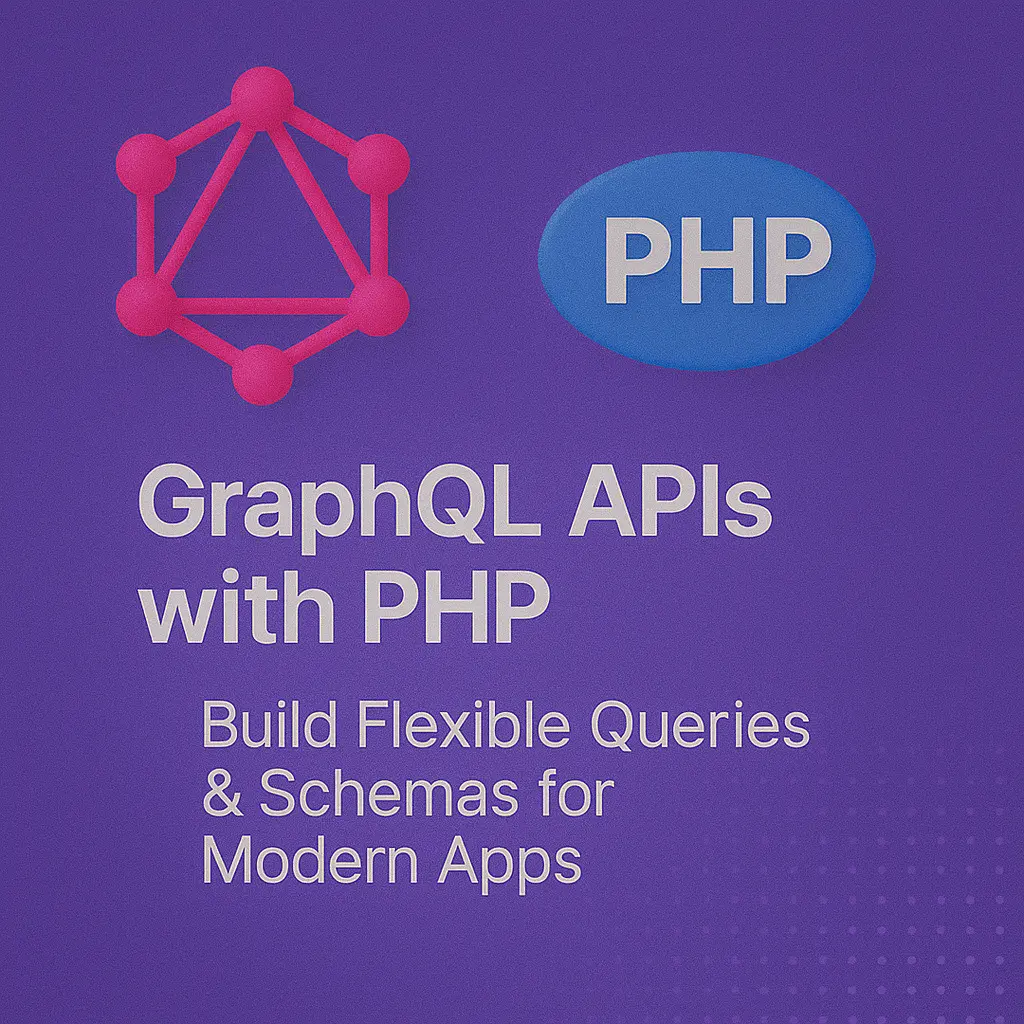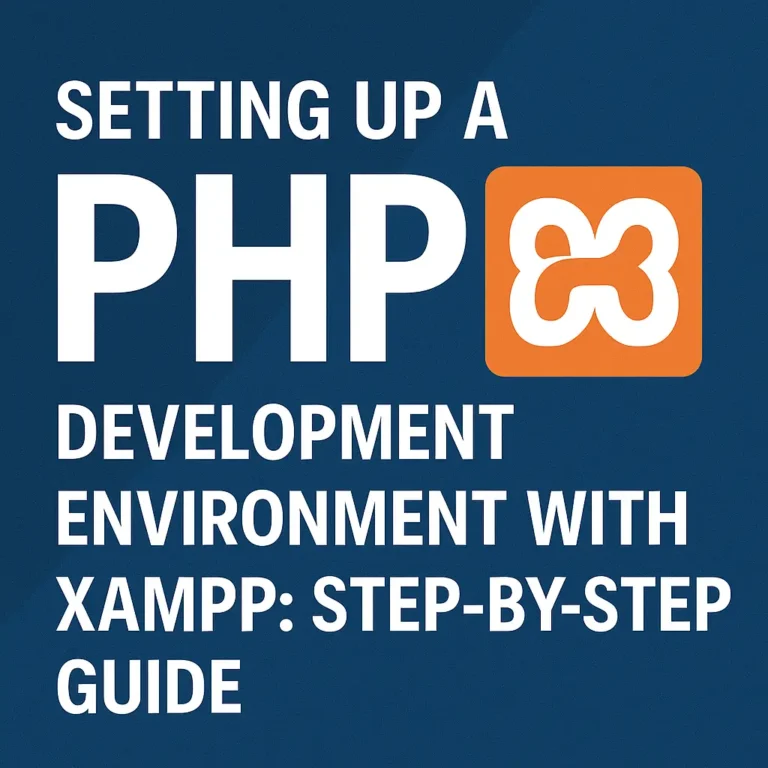Introduction
In the ever-evolving landscape of web development, APIs play a crucial role in enabling communication between different software systems. Traditional RESTful APIs have long been the standard for many applications, but GraphQL has emerged as a compelling alternative. GraphQL offers a more flexible and efficient approach to fetching data from the server, allowing clients to request only the data they need in a single query.
In this article, we will delve into the world of GraphQL APIs with PHP, exploring what GraphQL is, its advantages over REST, and how to implement GraphQL APIs in PHP.
Understanding GraphQL
GraphQL is a query language for your API and a runtime for executing those queries with your existing data. Unlike RESTful APIs, where the client has little control over the data it receives, GraphQL empowers clients to specify exactly what data they need. This is achieved through a single endpoint, typically /graphql, where clients can send queries to fetch precisely the data they require.
One of the key benefits of GraphQL is its flexibility. With RESTful APIs, you often end up with over-fetching or under-fetching of data, leading to performance issues. GraphQL solves this problem by allowing clients to specify their data requirements upfront, eliminating unnecessary data transfer and improving performance.
Implementing GraphQL APIs in PHP
Now, let’s dive into how we can implement GraphQL APIs in PHP. There are several PHP libraries available for working with GraphQL, but one of the most popular ones is webonyx/graphql-php. This library provides a robust implementation of the GraphQL specification in PHP.
To get started, let’s install the library using Composer:
composer require webonyx/graphql-php
Once the library is installed, we can start defining our GraphQL schema. The schema defines the types of data that can be queried and the relationships between them. Here’s a simple example of a GraphQL schema for a blog:
<?php
use GraphQL\Type\Definition\ObjectType;
use GraphQL\Type\Definition\Type;
use GraphQL\Type\Schema;
// Define the Post type
$postType = new ObjectType([
'name' => 'Post',
'fields' => [
'id' => Type::int(),
'title' => Type::string(),
'content' => Type::string(),
],
]);
// Define the Query type
$queryType = new ObjectType([
'name' => 'Query',
'fields' => [
'post' => [
'type' => $postType,
'args' => [
'id' => Type::int(),
],
'resolve' => function ($root, $args) {
// Resolve the post data based on the provided ID
return [
'id' => $args['id'],
'title' => 'Sample Post',
'content' => 'This is a sample post content.',
];
},
],
],
]);
// Create the schema
$schema = new Schema([
'query' => $queryType,
]);
In this schema, we have defined a Post type with fields for id, title, and content. We also define a Query type with a single field post, which accepts an id argument and resolves to a post with the provided ID.
Next, we need to set up a GraphQL endpoint in our PHP application to handle incoming queries. Here’s a basic example using a simple HTTP server:
<?php
require_once __DIR__ . '/vendor/autoload.php';
use GraphQL\GraphQL;
use GraphQL\Type\Schema;
// Initialize the schema
$schema = new Schema([
'query' => $queryType,
]);
// Handle incoming GraphQL queries
if ($_SERVER['REQUEST_METHOD'] === 'POST') {
$rawInput = file_get_contents('example.com/raw-data');
$input = json_decode($rawInput, true);
$query = $input['query'];
$variables = isset($input['variables']) ? $input['variables'] : null;
$result = GraphQL::executeQuery($schema, $query, null, null, $variables);
$output = $result->toArray();
header('Content-Type: application/json');
echo json_encode($output);
}
?>
This code sets up a simple HTTP server that listens for POST requests to /graphql. When a request is received, it parses the incoming GraphQL query, executes it against the schema, and returns the result as JSON.
Conclusion
GraphQL offers a powerful alternative to traditional RESTful APIs, allowing clients to fetch exactly the data they need with a single query. By implementing GraphQL APIs in PHP, developers can leverage the flexibility and efficiency of GraphQL while harnessing the familiar syntax and ecosystem of PHP.
In this article, we’ve explored the basics of GraphQL and demonstrated how to implement GraphQL APIs in PHP using the webonyx/graphql-php library. With the knowledge gained here, you’re well-equipped to start building GraphQL APIs in your PHP projects and unlock the full potential of modern web development.






